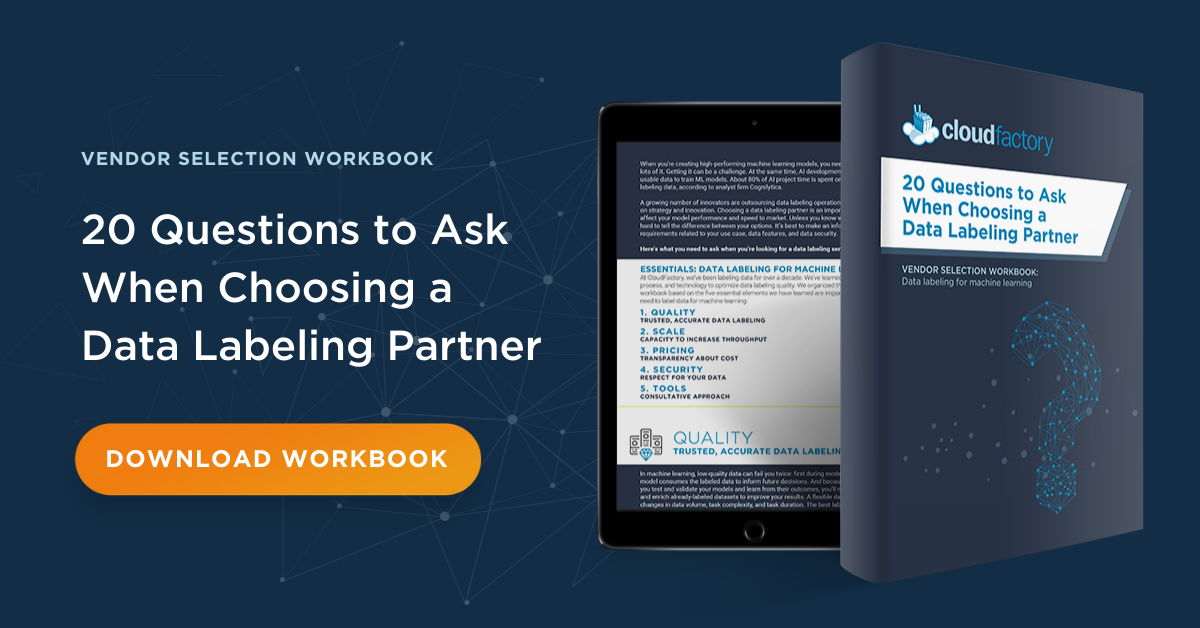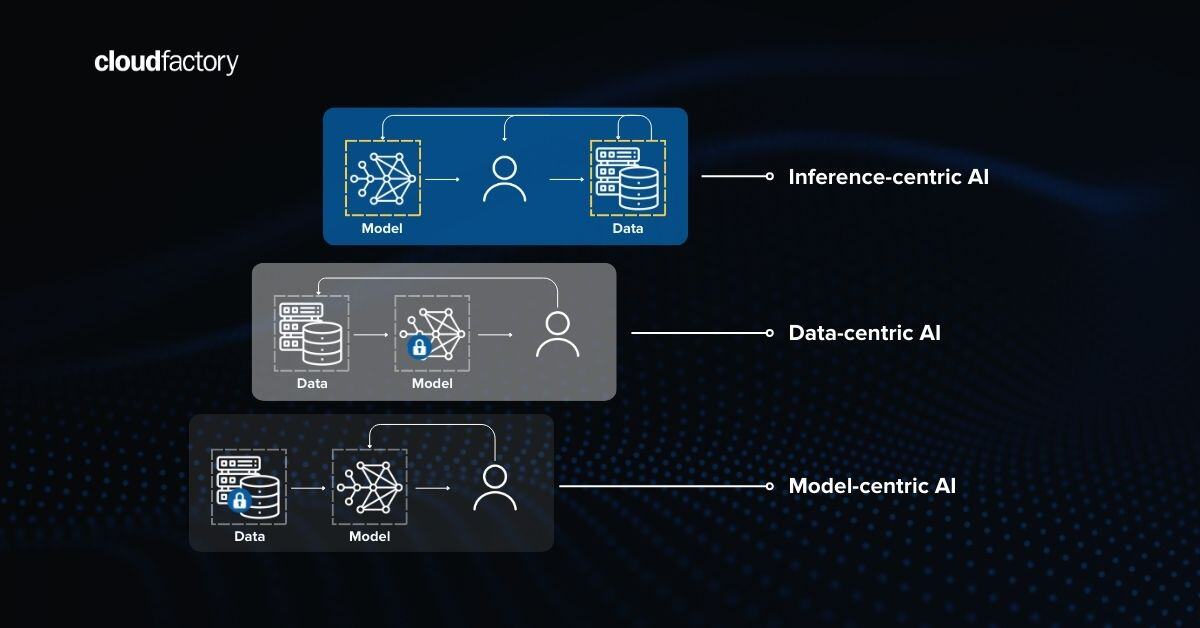
The success of any AI proof of concept depends on the completeness of the data sets used to train the model and how well that data has been prepared. These factors are in turn governed by things like workflow alignment, communication, data throughput, and accuracy. If you outsource the data labeling to a service provider, clear communication and quality control (QC) are vital.
In their recent Hype Cycle for AI, Gartner recommends to “ensure the provider you choose has methods to test their pool of knowledge workers for domain expertise and measures around accuracy and quality.1”
In part one of this topic, we explored the importance of the hiring and vetting process in producing high-quality data. In this article, we’ll share how communication and quality control impact success.
Communication and collaboration affect AI project quality
All successful data annotation projects seem to have at least one thing in common. The data labeling teams working on them adhere to quality control workflows, which are established during the workforce onboarding and training process. A consistent process ensures better outcomes and should allow for flexibility. After all, training an AI model is a never-ending learning curve in its own right, and real-world data and use cases change all the time. For example, retail AI must be constantly refreshed to adapt to new products.
Communication and collaboration are essential to the data labeling process. These are sorely lacking in the crowdsourcing model, where it’s much harder to know exactly who is labeling your data and share quality assurance metrics accordingly. An outsourced data labeling service should serve as an extension to your in-house project developers, and that means everyone needs to be on the same page.
Every data labeling project should begin with an expert consultation tailored to your organization’s requirements. A solution-based approach allows for interdisciplinary problem-solving, custom training, and full alignment with what you ultimately want your AI project to achieve.
It is important to reach a consensus on what constitutes quality work and to establish the right metrics for measuring success. Context is important in data labeling and that can be established during the onboarding process, where every member of the managed data labeling team is educated thoroughly on the project rules and requirements.
After this initial onboarding phase, your data labeling team should run regular sprints to test quality factors iteratively throughout the project. For example, a quality control scorecard might be used for you to provide quick feedback for rapid improvement. This process should become a continuous feedback loop that allows you to improve and evolve your data labeling and QC workflows to leverage learnings during the model development and deployment phases.
Tools go beyond bounding boxes
Communication and collaboration tools are essential to the success of any AI project. This may include proprietary communication tools or widely-available options, such as Slack. Labeling teams should be tool-agnostic but well-trained on the primary tools for each project.
Sometimes, even the simplest enhancements to tools or processes can improve throughput without negatively affecting data quality. For example, one of CloudFactory’s clients saw a 300% increase in throughput after embedding a Google Maps view on the same screen, to avoid workers’ having to open Maps in a new tab. Candid feedback from the labelers led to a simple, yet effective update to the annotation process.
Communication must go both ways to reduce the risk of wasted time, higher costs, and rework. Quality data labeling providers will assign team leads to manage workers and streamline the feedback loop for you. This also ensures everyone involved in the project stays informed about progress, performance feedback, and evolving project needs.
Choosing a data labeling service
Data annotation partners should operate like an extension of your team while taking the burden of people and performance management off your plate. They should ask questions, quickly adapt to feedback, and communicate efficiently with the point of contact on your team. And most importantly, they should constantly measure and optimize the quality of the data they’re delivering to you.
Your AI success depends on choosing a labeling partner with people, processes, and tools that are designed to make your job easier. At CloudFactory, we can meet all of these workforce requirements. Let’s talk so we can prove it to you.
Outsourcing Workforce Strategy ML Models AI & Machine Learning









